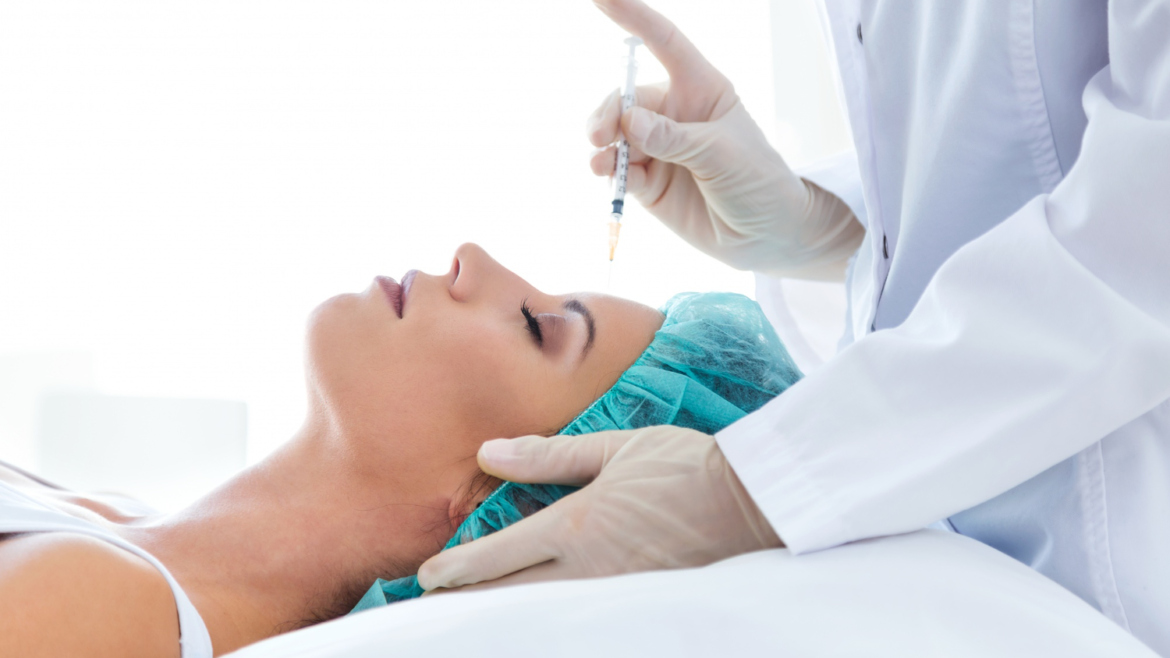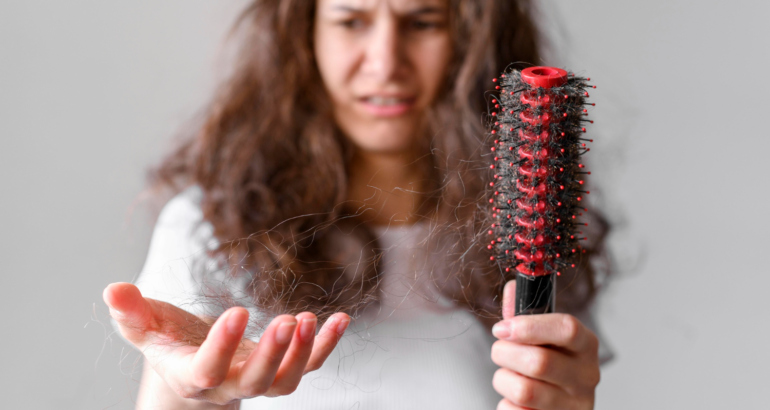Are you looking for a natural way to rejuvenate your skin or boost hair growth? Platelet-rich plasma (PRP) therapy might just be the solution! This cutting-edge treatment has gained traction in dermatology for its effectiveness and minimal invasiveness. But what exactly is PRP therapy, and how does it work? Let’s dive in.
Understand PRP Therapy
What Does PRP Stand For?
PRP stands for Platelet-Rich Plasma, a component derived from your own blood. It’s packed with growth factors and proteins that promote healing and regeneration.
The Science Behind Platelet-Rich Plasma
PRP harnesses the body’s natural ability to repair itself. Platelets, a key component of blood, play a critical role in clotting and tissue repair. By concentrating these platelets, PRP delivers a powerful boost to damaged or aging tissues.
Components of Blood in PRP Therapy
Blood is made up of red blood cells, white blood cells, platelets, and plasma. During PRP therapy, the plasma rich in platelets is isolated and used for treatment, ensuring optimal healing benefits.
PRP Therapy in Dermatology
Common Skin Concerns Treated with PRP
PRP therapy is widely used to tackle wrinkles, fine lines, and uneven skin texture. It’s a go-to for individuals seeking natural skin rejuvenation.
Role of PRP in Hair Restoration
Thinning hair? PRP has shown remarkable results in stimulating dormant hair follicles, making it a popular choice for combating hair loss.
PRP for Acne Scars and Skin Rejuvenation
PRP helps fade acne scars and improve skin elasticity, leaving you with a more youthful complexion.
How PRP Therapy Works
Step-by-Step Process of PRP Treatment
- Blood Collection: A small amount of blood is drawn, usually from your arm.
- Centrifugation Process: The blood is spun in a centrifuge to separate platelets from other components.
- Plasma Injection: The concentrated platelet-rich plasma is injected into the target area using fine needles.
The Importance of a Trained Specialist
To ensure safety and effectiveness, it’s crucial to seek a licensed dermatologist or specialist for the procedure.
Benefits of PRP Therapy
- Natural and Minimally Invasive: Uses your body’s own resources, reducing risks of allergic reactions.
- Stimulates Collagen Production: Enhances skin firmness and elasticity.
- Long-Lasting Results: Improvements can last for months with proper care.
Potential Risks and Side Effects
Common Side Effects
Mild redness, swelling, or bruising may occur but usually resolves quickly.
Rare but Serious Complications
Infections or improper injections are rare but possible, emphasizing the need for a trained professional.
How to Minimize Risks
Following pre- and post-treatment guidelines is essential to ensure a safe experience.
Who is a Good Candidate for PRP?
Ideal Skin and Hair Types
PRP works well for most skin tones and hair types, especially for those seeking natural enhancement.
Conditions Unsuitable for PRP Therapy
Individuals with bleeding disorders, severe skin conditions, or active infections should avoid PRP.
How to Prepare for PRP Treatment
Pre-Treatment Guidelines
- Avoid blood-thinning medications like aspirin.
- Stay hydrated and maintain a healthy diet.
What to Avoid Before the Procedure
- Alcohol and smoking can interfere with results, so steer clear!
Aftercare and Recovery
Post-Treatment Instructions
- Avoid direct sunlight and strenuous activities for 24–48 hours.
- Use gentle skincare products.
Expected Downtime and Healing
- While there’s minimal downtime, some redness or swelling may last a few days.
Managing Side Effects at Home
- Ice packs and over-the-counter pain relievers can help ease discomfort.
Cost of PRP Therapy
Factors Affecting Treatment Costs
Costs can vary depending on the clinic, practitioner expertise, and the area being treated.
Comparing Costs Across Clinics
It’s wise to research and compare prices, but don’t compromise on quality for cost.
Scientific Evidence Supporting PRP
Studies Highlighting PRP’s Effectiveness: Numerous studies have shown PRP’s potential in improving skin and hair conditions.
Limitations in Current Research: While promising, more extensive studies are needed to establish long-term benefits conclusively.
PRP Therapy vs. Alternative Treatments
Comparing PRP with Dermal Fillers
Unlike fillers, PRP works naturally to stimulate tissue regeneration.
PRP vs. Microneedling
PRP enhances microneedling results, making them a powerful combination.
PRP Combined with Other Therapies
For optimal results, PRP is often paired with laser treatments or microneedling.
Conclusion
PRP therapy is a revolutionary approach to skin and hair rejuvenation. Its natural, minimally invasive nature makes it an appealing option for many. If you’re considering PRP, consult a qualified dermatologist to determine if it’s right for you.



